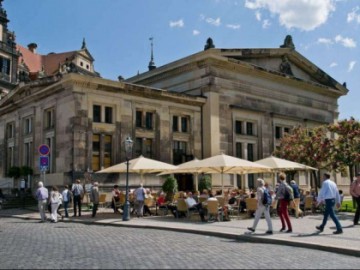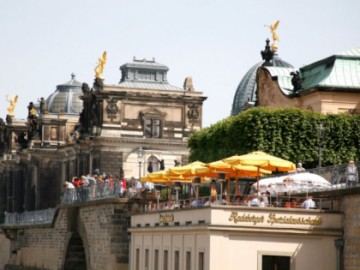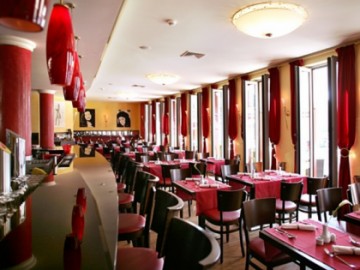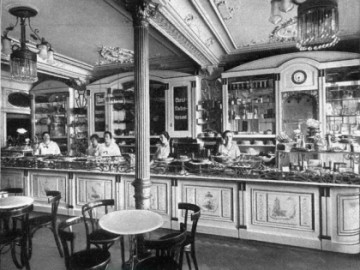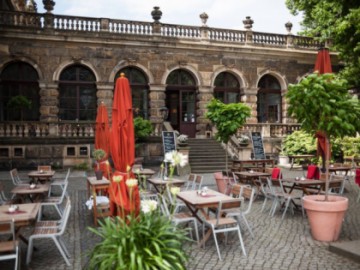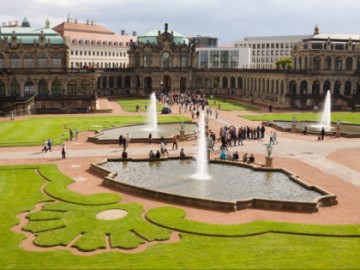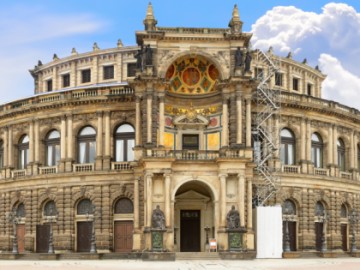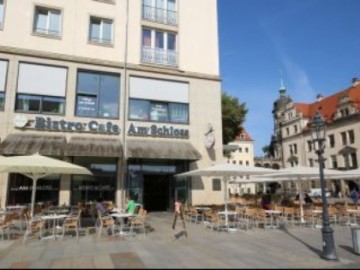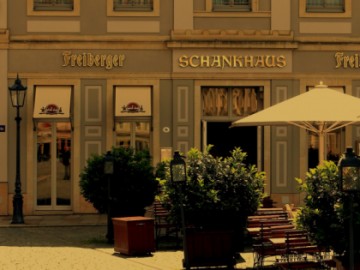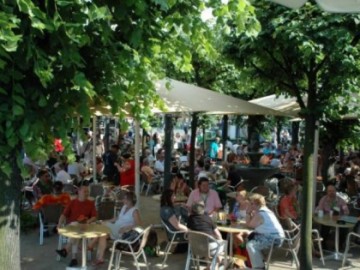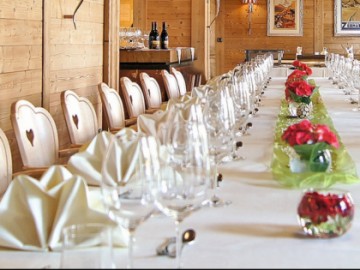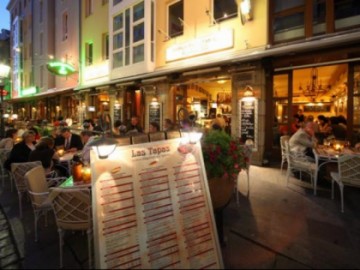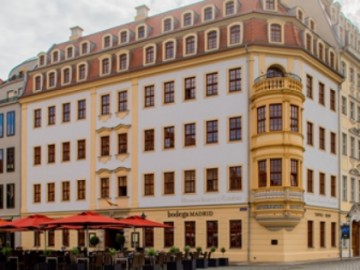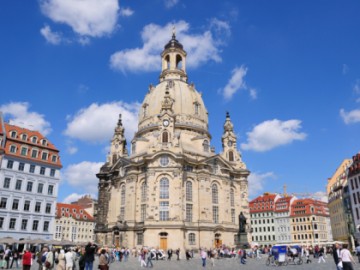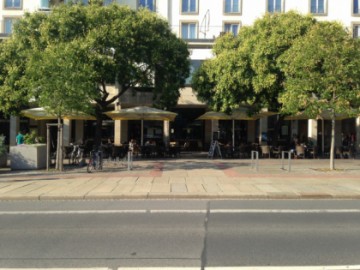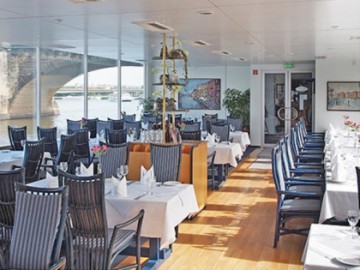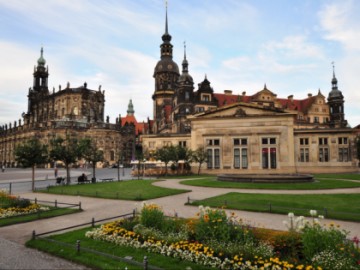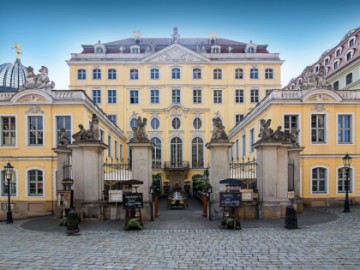Hofkirche with the king’s heart
The cathedral in Dresden had always been considered the court church. Thus its name, Hofkirche. As many other buildings in the city, it was also constructed in the middle of the 18th century for prince electorate Augustus II. Italian Gaetano Chiaveri built the church in baroque. According to the architect’s idea, the church was connected to the royal palace with a gallery, so that princes could get inside avoiding meetings with common people.
Even though there is a belfry on the cathedral building, nobody had heard Hofkirche bells ringing until 1806. The thing is that Hofkirche was a Catholic cathedral, while Dresden has always been a Lutheran city. It was Napoleon who “revived” the bells, having renamed the cathedral into St. Trinity Church after taking Dresden. Curiously, a copy of the famous “St. Trinity” by icon painter Andrey Rublyov hangs next to the altar.
The heart of the Prince Electorate of Saxony and King of Poland Augustus I the Strong is buried in Hofkirche. He was known as one of the biggest lovers among the European monarchs. According to the legend, when a pretty woman passes by the sarcophagus with the king’s heart, it begins to beat.



